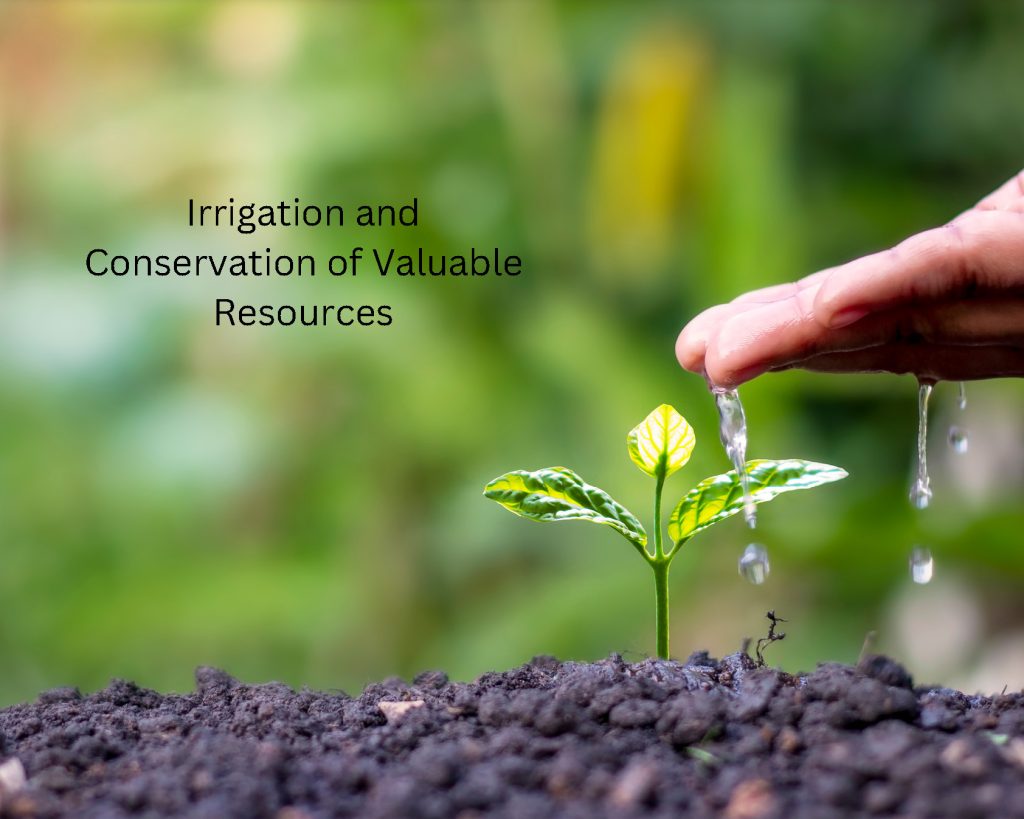Water is one of the world’s most precious resources. Efficient water use can contribute to better crop production for the 2 million acres of irrigated agricultural land in Montana. Of those 2 million acres, 50% are flood irrigated, 36% are irrigated via a center pivot, and 14% are irrigated by other sprinkler methods. Crops grown in Montana on irrigated lands are diverse, but the most dominant crops include alfalfa, hay, barley, wheat, corn, safflower, and sugar beets. Different plant types require special attention to the timing and amount of irrigation water applied to fields. Having the right irrigation system can use water more efficiently and lead to better crop production. In addition, water conservation is an important part of responsible land management, something that we should realize is imminent for future generations.
Irrigation systems differ from farm and ranch on account of location, slope of land, soil type, and many other factors. The different types of irrigation systems include flood irrigation and sprinkler irrigation. Flood irrigation consists of water being applied and distributed over the soil surface through the use of gravity. Sprinkler irrigation methods provide rainfall-like irrigation to crops. Often, water is distributed to the fields by use of pipes and then sprayed into the air. The different methods include hand line irrigation, wheel line irrigation, and center pivot irrigation. With a decrease in labor forces, many ag producers are converting to sprinkler irrigation to save time and labor costs. Sprinkler irrigation also allows producers to be more precise with watering and have better yields as a result.
The timing of watering can play a vital part in keeping your lands healthy. The prime time to water is in the early morning hours. Temperatures are lower in the morning and sunlight isn’t directly on the plants. We live in Montana, so winds can be effective at blowing water all over except for the plants we want. With higher temps, more water evaporates as well. Plants have more time to absorb the drink of water; whereas, if watered at night, fields stay wet which can invite fungal growth.
Frequent watering can be saved for times of the year that are hot and dry or for plants that are actively growing and require more. Watering deeply but infrequently encourages deeper root development and reduces water loss from evaporation. Trees and shrubs only need watered every 3 to 7 days. A goal is to increase irrigation efficiency to prevent seepage and runoff.
Are you looking for farm ground that is irrigated? More efficient irrigation methods have led to trends in lower water volumes used and on-farm gains in profitability.




